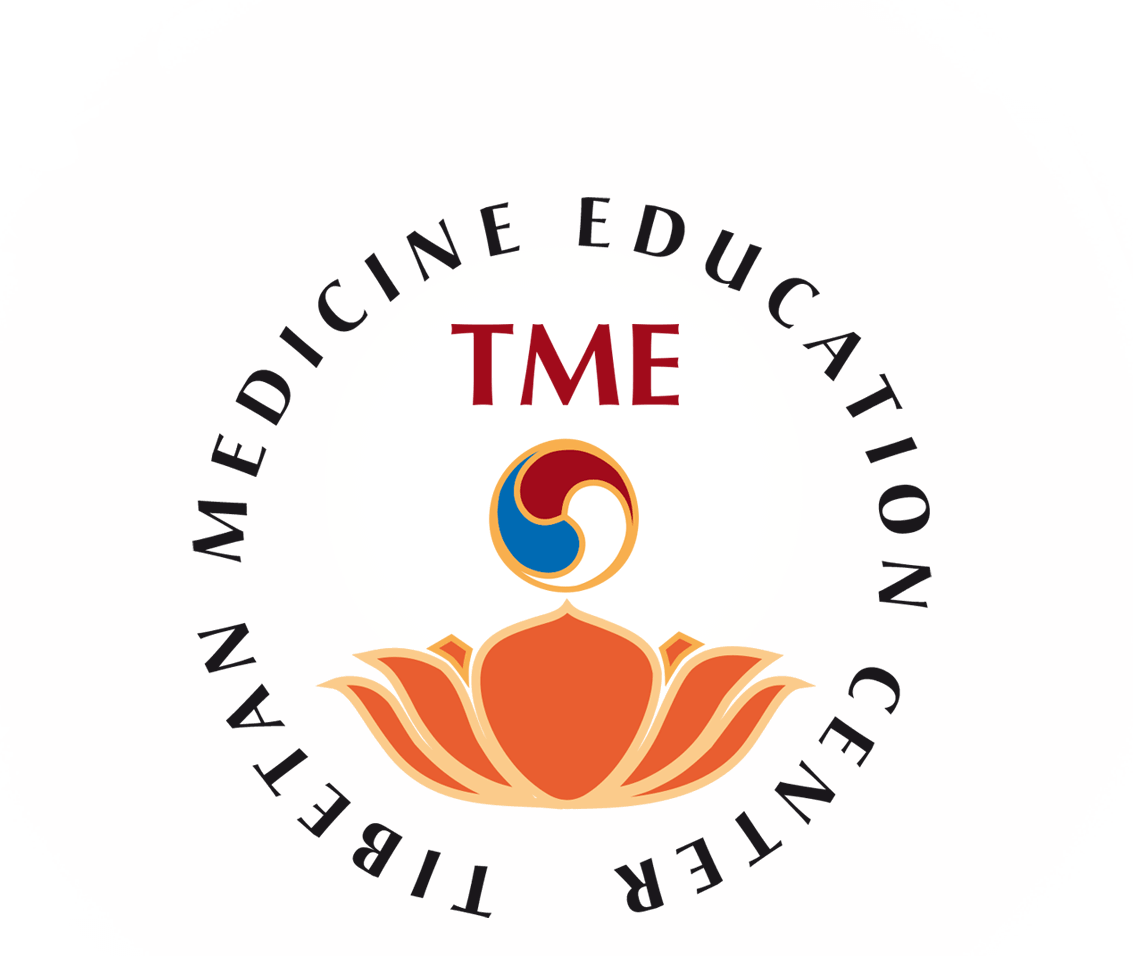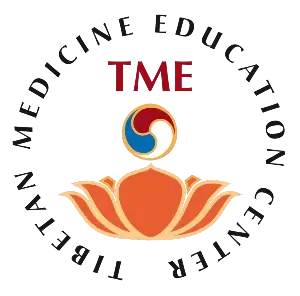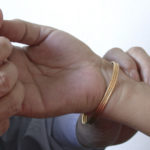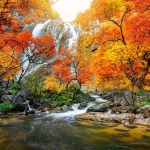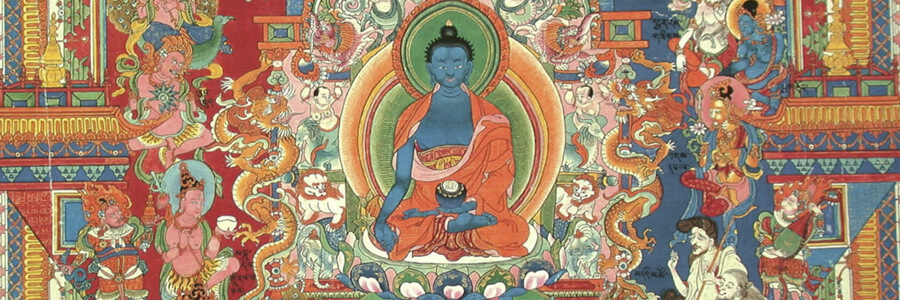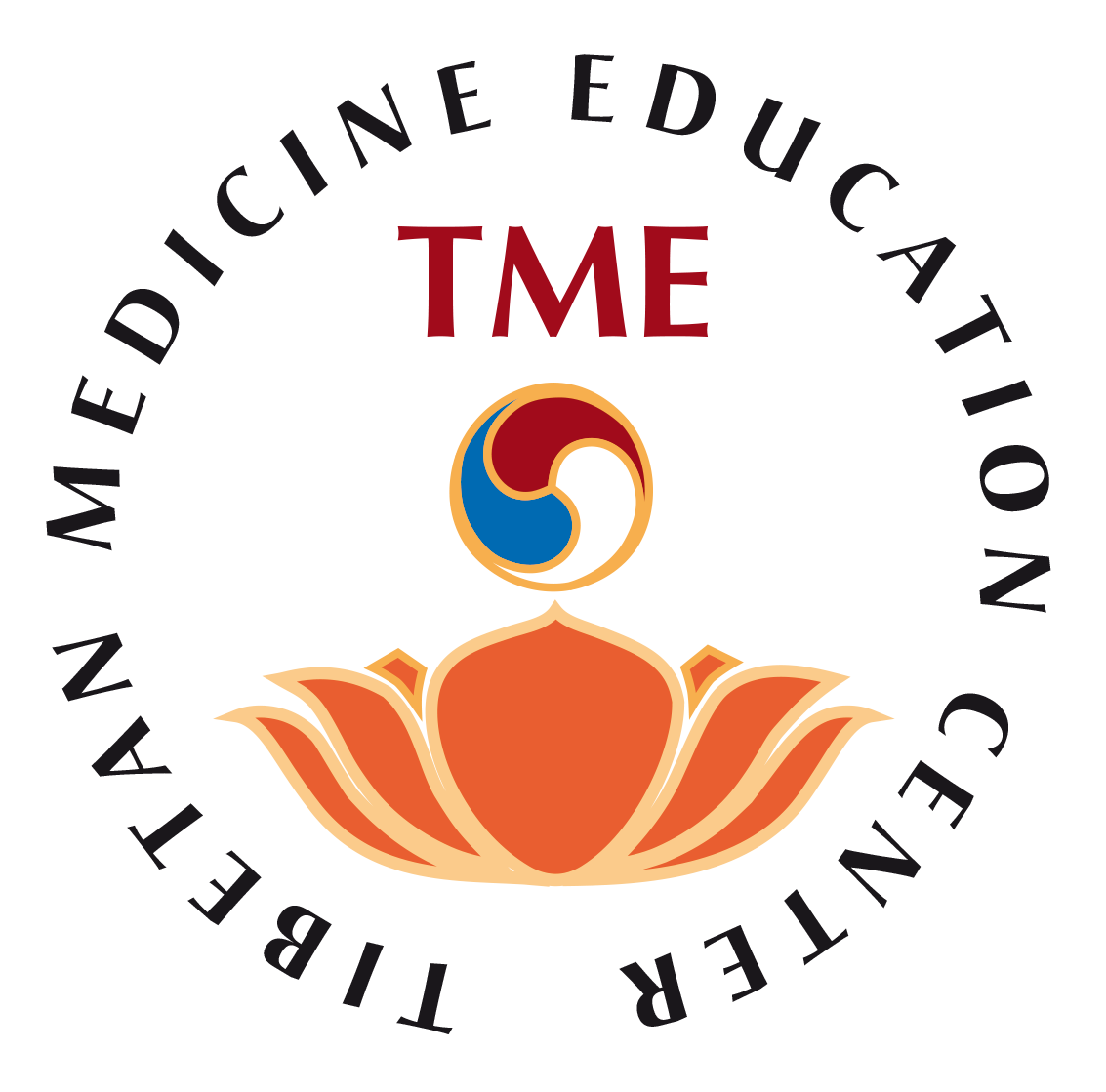The Tibetan Medicine
Body Constitution
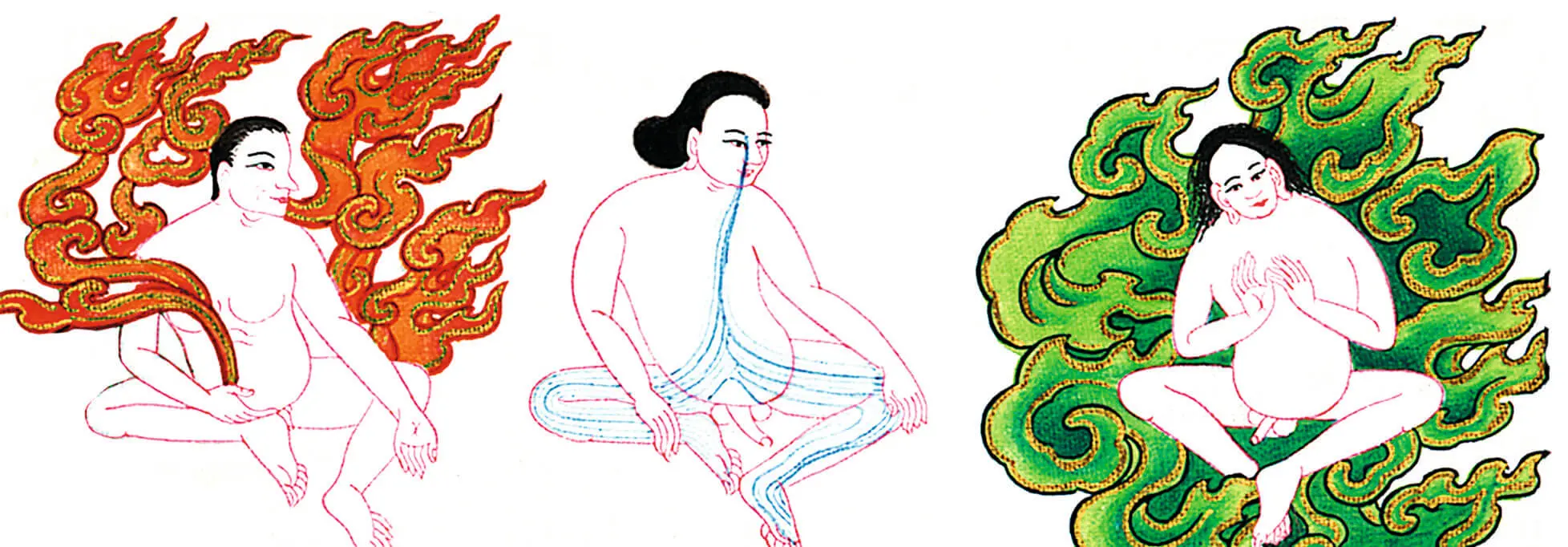
Excerpts from Dr. Pasang’s “New Light on Tibetan Medicine, vol. I Foundation“
The term used to denote a person’s general body constitution or body type is rangzhin, which also means “inherent nature” or “essence.” As a result of the particular assemblage of the five elements engineered by one’s karma, people have a certain physiognomy from birth. The details of this process are described in embryology. Vāgbhaṭa gave a similar example in his Ashtāngahridayasaṃhitā:
Beings are born in various bodies, like melted copper poured in different molds.
The elements are represented by the ore; the mold is the mother’s womb, and the blacksmith represents karma. The womb shapes the elemental combination of the child in accordance with its karmic tendencies, leading to its physiognomy. Constitution can also be called a mudra or symbol, a sign of the natural state of the body. If you know the correct rangzhin, it is easier to apply the right remedy to restore health. Each person has their own characteristics that derive from different contributions. Some constitutions show particularly strong influences in physical features, while others do not. Some physical shapes and forms may change due to wrong diet, bad behavior, or disease and medication. However, the deep nature and subtle personality in general do not change, but it does develop more clearly with age, just like a blossoming flower.
Introduction to body constitution and its causes
Tibetan medicine recognizes seven body constitutions (rangzhin dün), which characterize the inherent nature of a person. There is actually considerable variation in body types, but this can be generalized into seven main groups. It appears that constitution and personality are furthermore strongly related to ethnicity (clan, family) and especially one’s parents, geographical influences, as well as nutrition and way of life. All influence the elements. Body constitution has three main causes:
- A distant cause, which is karma
- An indirect cause, namely the five elements
- Direct conditions: the parents’ humoral energies
Body constitution determines the physiognomy and personality of each person, yet physical characteristics usually take precedence in constitutional diagnosis. Both derive from the combination of the elements (with a concept similar to genetic recombination) and humors of the parents. The mother’s psychology and lifestyle certainly contribute to the child’s constitution. For example, parents who are ruled by the wind humor and element will likely have a child with these same characteristics.
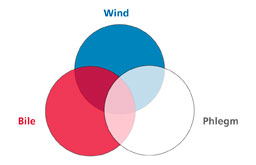
There are three single, three double, and one combined constitution, which makes seven general body types in total. Generally speaking, body constitutions do not change. However, in some cases they may be altered through biomedical hormone therapy.
A collective constitution (düdé rangzhin) is also seen in larger groups of people, for example in a family, in clans, different ethnicities, and in people who live at high versus low altitudes. Further differences are found between peoples from different countries and regions, showing variation in color of skin, hair, and eyes, for example. There is no personal choice in getting a particular constitution, but special astrological techniques attempt to influence the probability of obtaining a child of a desired gender and rangzhin. Despite these collective tendencies, coincidental factors could lead to any one of the constitutions.
The seven body constitutions
The constitution or typology of a person is dominated by various humors. This gives rise to the natural physiognomy of each individual, a person’s appearance, distinguishing features, and temperament. The seven rangzhin are:
- Wind constitution (lung gi rangzhin)
- Bile constitution (tripé rangzhin)
- Phlegm constitution (béken rangzhin)
- Wind-bile constitution (lungtri rangzhin)
- Phlegm-bile constitution (bétri rangzhin)
- Phlegm-wind constitution (bélung rangzhin)
- The combined constitution (düpé rangzhin)
The first three are called single constitutions. In the second three, two humors predominate together. In the final constitution, all three humors are equally represented.
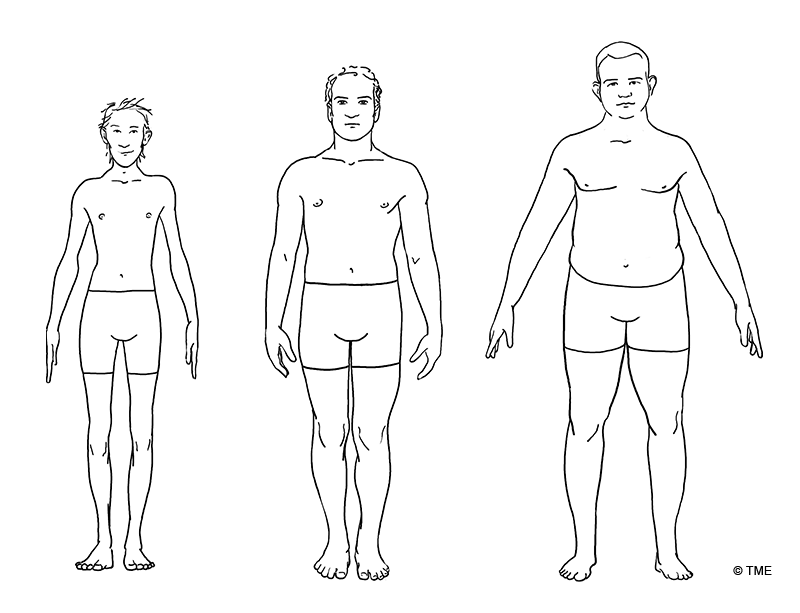
Wind, bile, and phlegm body types
……………………………………………..
More information about the Body constitutions can be found in Dr Pasang Yonten Arya’s book:
New Light on Tibetan Medicine, vol 1: Foundations mainly in the following chapters:
Body classification
Body constitutions and their cause
Three single constitutions
- Wind constitution (lung gi rangzhin)
- Bile constitution (tripé rangzhin)
- Phlegm constitution (béken rangzhin)
Three double constitutions
- Wind-bile constitution (lungtri rangzhin)
- Phlegm-bile constitution (bétri rangzhin)
- Phlegm-wind constitution (bélung rangzhin)
One triple constitution (düpé rangzhin)
………………………………………..
Thangka figure: © Dharmapala Thangka Centre, Kathmandu, Nepal
